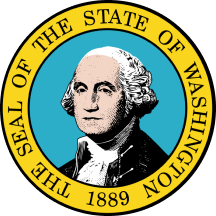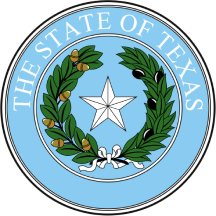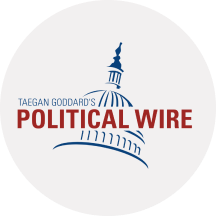WASHINGTON — The National Transportation Safety Board (NTSB) began three days of hearings Wednesday to investigate the midair collision between a passenger plane and an Army helicopter that occurred in January, resulting in 67 fatalities. The hearings aim to uncover the factors that led to the crash, which is the deadliest aviation incident in the U.S. since November 2001.
The hearings will focus on the actions of the Federal Aviation Administration (FAA), its air traffic controllers, and the Army. Investigators are expected to question witnesses to determine how these entities may have contributed to the tragedy. Although the NTSB is unlikely to identify the crash's cause at this stage, the hearings are part of a broader effort to address safety concerns in U.S. airspace.
The collision involved an American Airlines flight from Wichita, Kansas, and a Black Hawk helicopter as the plane was approaching Ronald Reagan National Airport. This incident is part of a troubling trend of crashes and near misses that have raised alarms among officials and the flying public, despite data indicating that air travel remains the safest mode of transportation.
The hearings commenced with a video animation illustrating the moments leading up to the collision. It revealed that the helicopter was flying above the 200-foot altitude limit designated for its route. Investigators noted that the helicopter's flight data recorder indicated it was actually 80 to 100 feet higher than what the pilots' altimeters showed. Tests on three other helicopters from the same unit revealed similar discrepancies in altitude readings.
Audio recordings from air traffic control indicated that the helicopter pilot had informed the controller twice that they had visual contact with the airplane and would take measures to avoid it. The animation concluded with surveillance footage capturing the moment of the collision, which resulted in a fiery crash.
Preliminary investigations have indicated that the FAA did not adequately address a history of 85 near misses at Reagan Airport prior to the incident. Additionally, Army helicopters were reportedly operating without a critical locating device, known as ADS-B Out, which is essential for tracking aircraft in congested airspace.
Aviation attorney Bob Clifford, who is preparing to file one of the first lawsuits against the government, expressed hope that the NTSB will consider the broader implications of the crash. "In this particular instance, there’s a much broader picture. And that is the known problems that were being ignored about an unsafe environment for the commercial aircraft to be navigating with the military aviation helicopters in the area," Clifford stated.
In response to the incident, U.S. Senator Ted Cruz introduced legislation aimed at enhancing aviation safety. His proposal would mandate that all aircraft operators utilize both forms of Automatic Dependent Surveillance Broadcast (ADS-B) technology, which provides real-time location data to other aircraft and air traffic controllers. While many aircraft are already equipped with ADS-B Out, the legislation would require airlines to add the more comprehensive ADS-B In technology.
Cruz emphasized the need for uniform safety standards, stating, "There cannot be a double standard in aviation safety. We should not tolerate special exceptions for military training flights, operating in congested air space."
The proposed legislation would eliminate exemptions for Department of Defense aircraft regarding ADS-B transmission and require the FAA to assess helicopter routes near airports. It would also call for a review of the Army's aviation safety practices by the Army Inspector General.
NTSB Chairwoman Jennifer Homendy noted that her agency has long recommended the implementation of ADS-B In technology, citing its potential to significantly enhance safety, particularly around airports. Transportation Secretary Sean Duffy supported the proposed changes, suggesting that previous administrations had neglected safety concerns in Washington's airspace.
The hearings are described as a "fact-finding proceeding" by Homendy. The NTSB plans to release thousands of pages of evidence from the investigation online. FAA Administrator Bryan Bedford anticipates that the hearings will lead to difficult discussions but emphasizes the importance of prioritizing public safety over personal interests.
The hearings will include NTSB board members, investigators, and witnesses from organizations involved in the crash. Topics will cover military helicopter routes, collision avoidance technology, and air traffic controller training at Ronald Reagan National Airport. Federal officials have also raised concerns about the outdated and understaffed air traffic control system, which was highlighted during the January crash when one controller managed both commercial and helicopter traffic at the busy airport.

 Local News in Washington
Local News in Washington

 WAND TV
WAND TV 13 On Your Side
13 On Your Side WNEP
WNEP Local News in Texas
Local News in Texas The Journal Gazette
The Journal Gazette Law & Crime
Law & Crime Cover Media
Cover Media CBS Philly
CBS Philly Wheeling Intelligencer
Wheeling Intelligencer Local News in Illinois
Local News in Illinois Political Wire
Political Wire